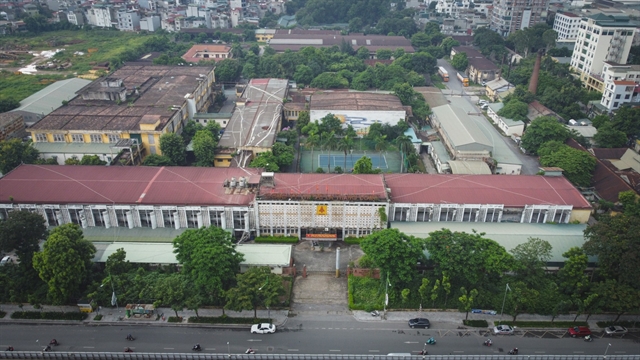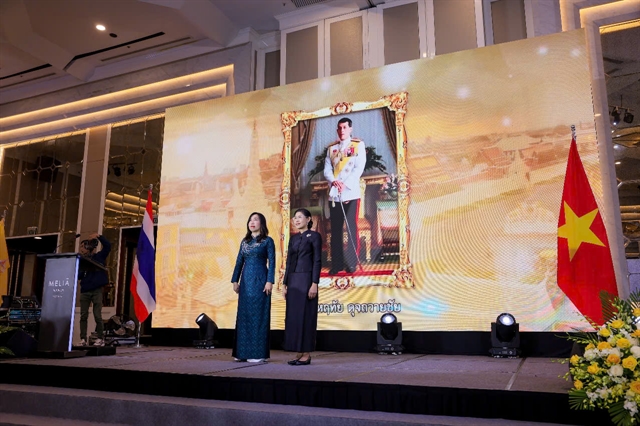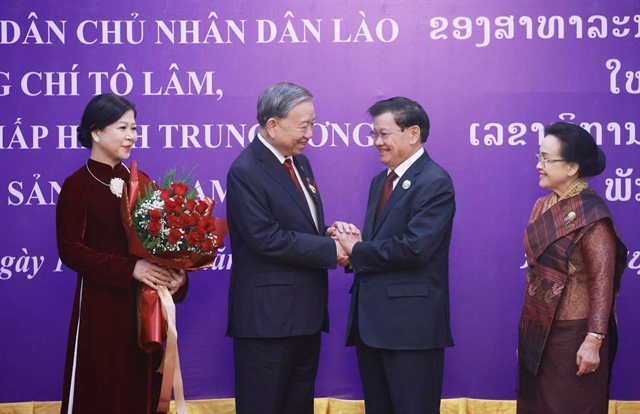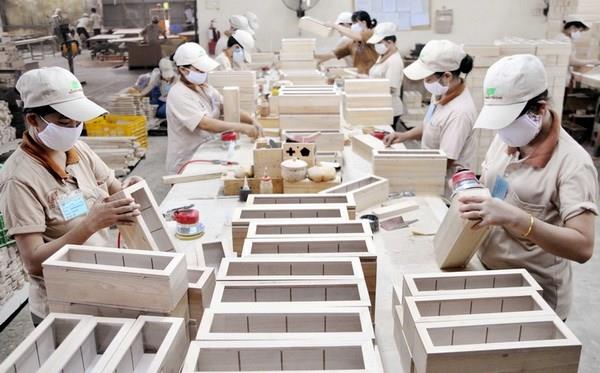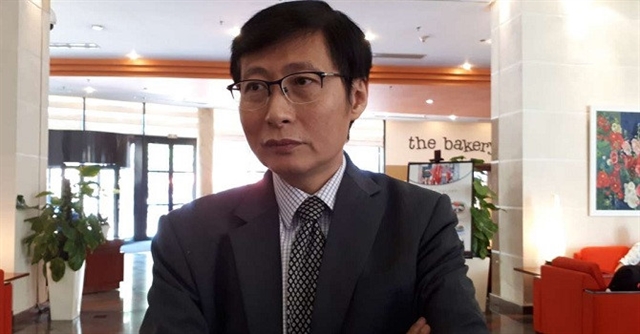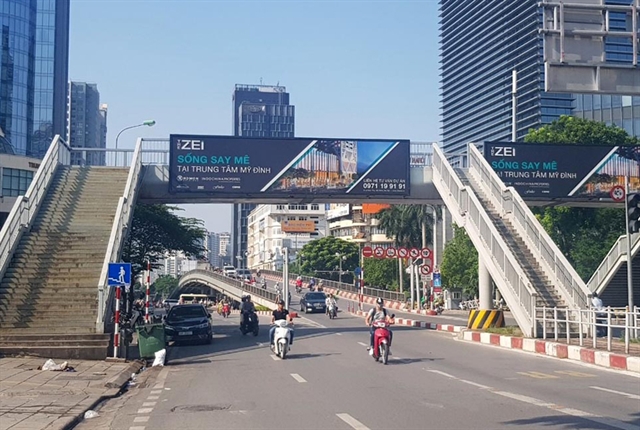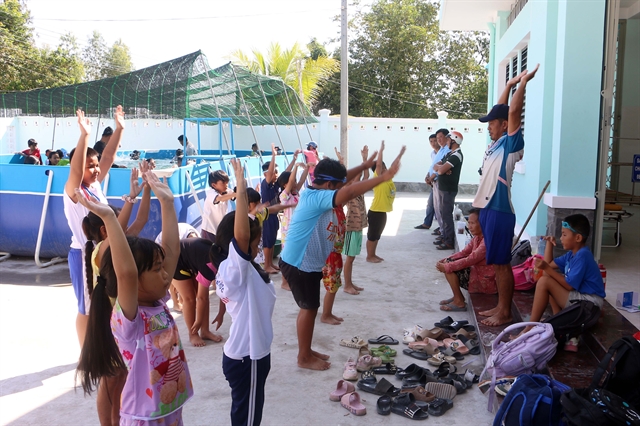
Nguyễn Văn Chí, director of Hà Nội Department for Agriculture and Rural Development, talks to Kinh tế & Đô thị (Economic and Urban Affairs) newspaper on what the city has been doing to meet the objectives laid down by municipal city authorities in the programme 'One Commune One Product'
What are the key objectives of Hà Nội’s programme 'One Commune One Product' which was approved recently by Prime Minister Nguyễn Xuân Phúc?
Hà Nội has some 1,350 occupational communes, plus 308 traditional handicraft communes. In addition, the city also has 5,000 agriculture products which have been given QR codes for customers to trace the products' origin.
Meanwhile, the six groups of agricultural products listed in the One Commune One Product (OCOP) programme which was recently approved by PM Phúc also include fresh agriculture products and processed farm products; drinks with or without alcohol; herbal medicines; cotton fibre products; souvenir articles made from bamboo, rattan, ceramics, wood, metal and others.
In the immediate future, Hà Nội will only focus on the production of two groups of products - foodstuff and art souvenirs. Hà Nội has set a target that in 2019, the city will have some 300 new products and then by 2020, some 700 new products will be introduced. After 2020, Hà Nội will launch a campaign to renovate old products to make them more attractive while encouraging innovations to create new products.
What is the role of the Hà Nội Department of Agriculture and Rural Development in ensuring the OCOP target will be met?
Hà Nội municipal authorities have issued a decision to establish the OCOP Steering Committee and allocate VNĐ265 billion (US$11.2 million) to carry out the OCOP programme in 2019-20.
The Hà Nội Department of Agriculture and Rural Development has reviewed and evaluated the six groups of products listed in the OCOP and the 100 products with more advantages than the others will get more funding to raise their export volumes and to promote domestic tourism.
Hà Nội is one of 12 provinces and cities nationwide selected to pilot implementing the OCOP. What should Hà Nội do to create new ideas not listed in the targets the Government has assigned to the city?
The Hà Nội Department of Agriculture and Rural Development has asked Hà Nội authorities' permission to display some OCOP products on Hà Nội pedestrian streets and in some other cities and provinces.
Hà Nội has also conducted a research on the displaying of the OCOP in the three most common traditional handicraft villages tours in Việt Nam. In addition, Hà Nội is nurturing the idea of establishing a 'Centre for Creative Design and Promotion for the OCOP programme'. The centre will become a place to introduce our OCOP programme which is closely associated with eco-tourism.
One of the tasks of the OCOP centre is to improve the quality of the OCOP products nationwide through the improvement of packaging techniques. The OCOP is for Vietnamese and foreign visitors to Hà Nội and helps them know about the high quality Vietnamese products. We hope in the near future, the OCOP will become a shopping centre for both Vietnamese and foreign tourists. — VNS
